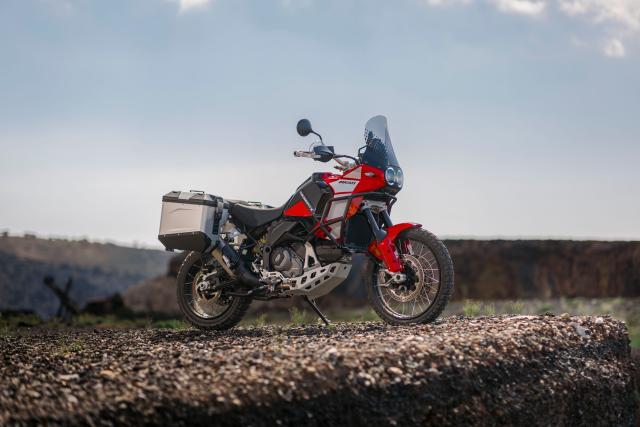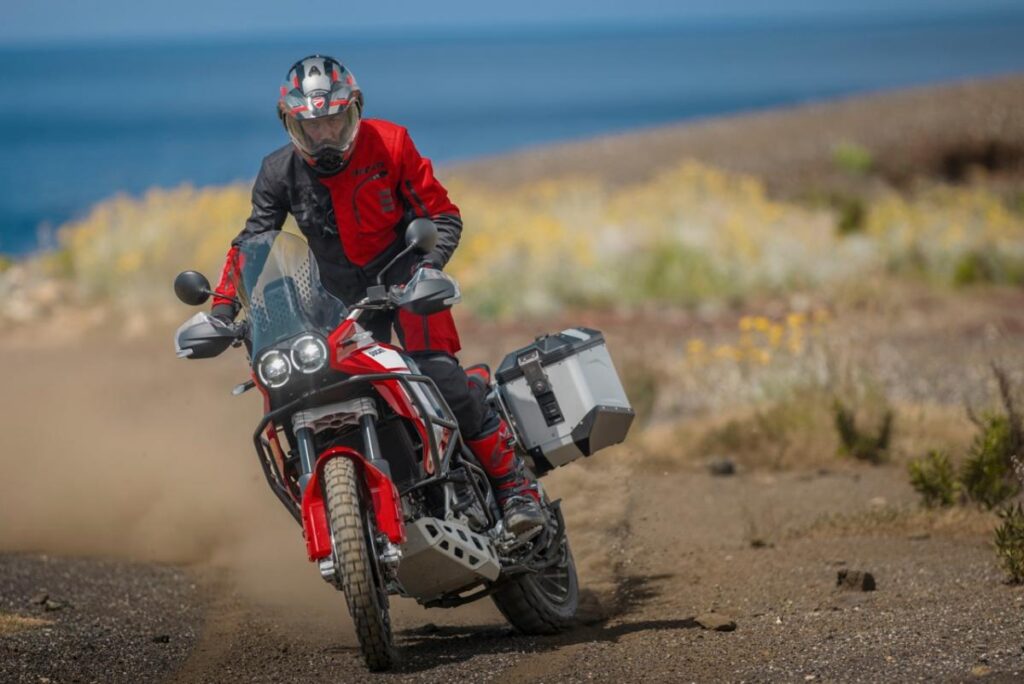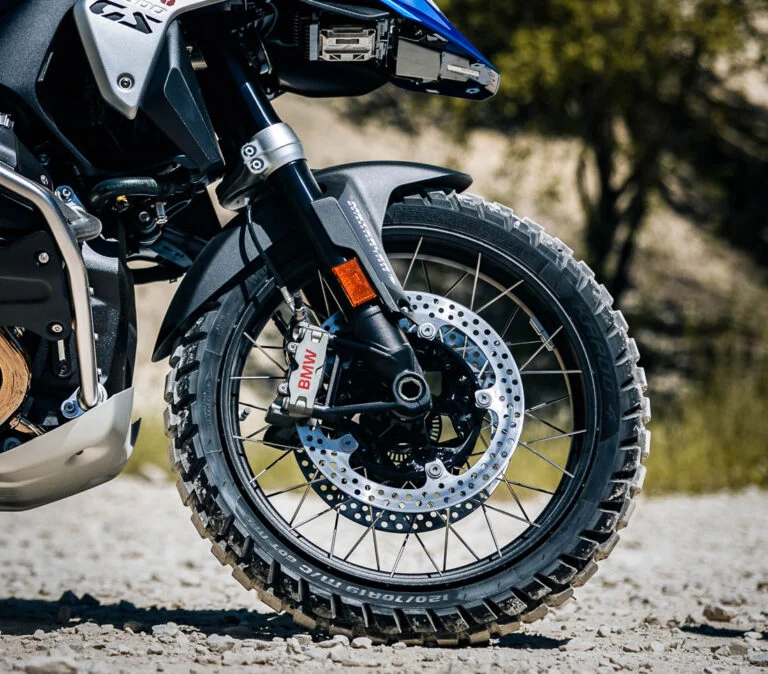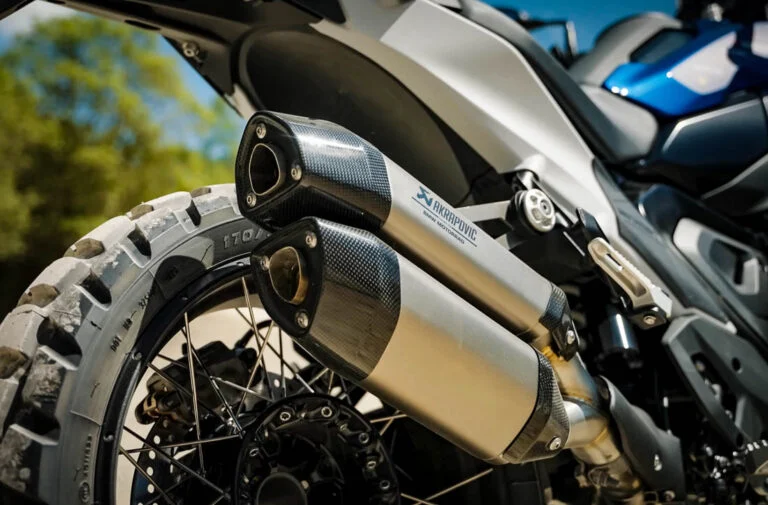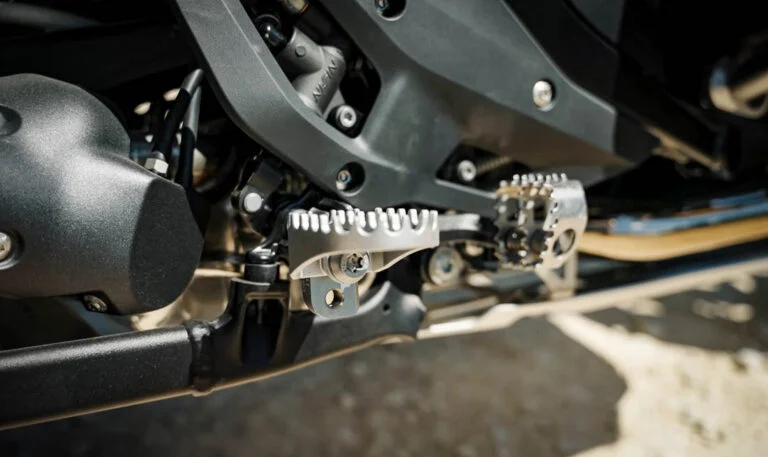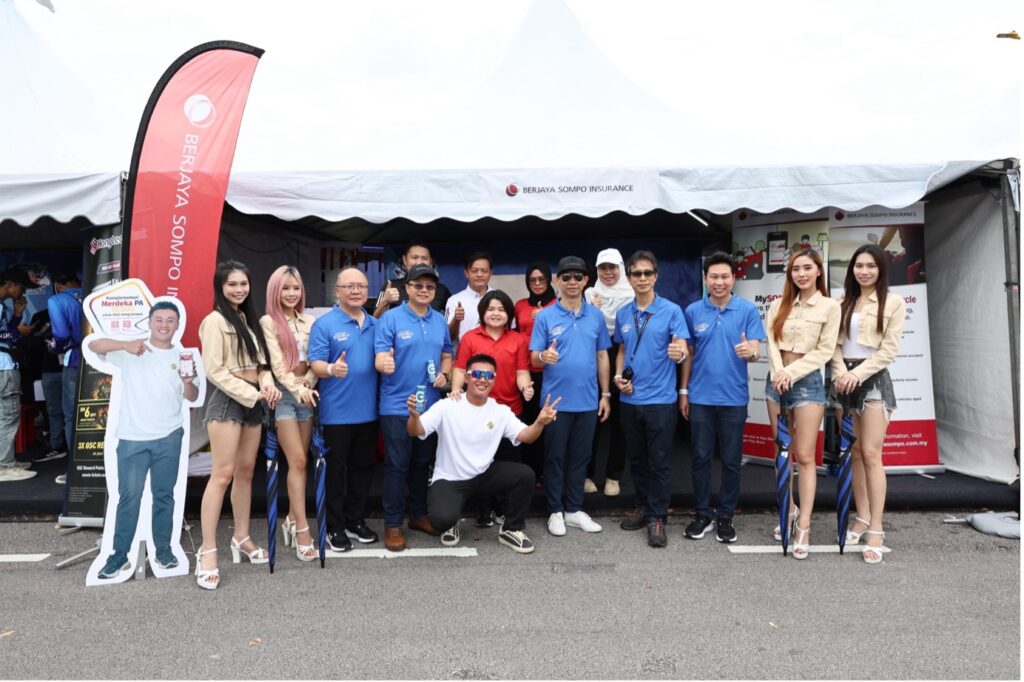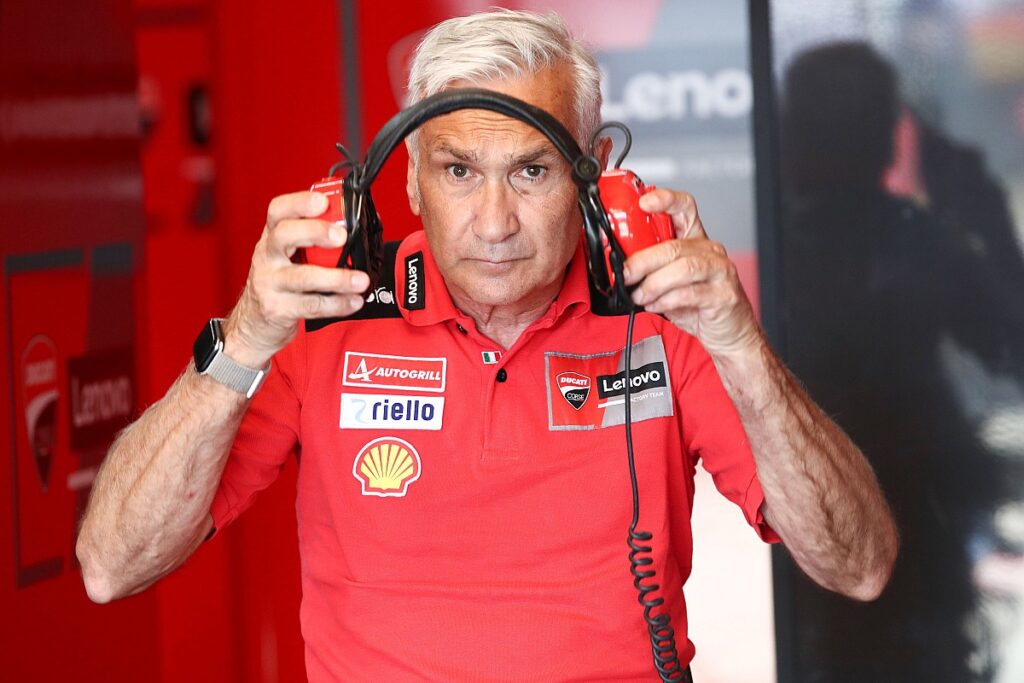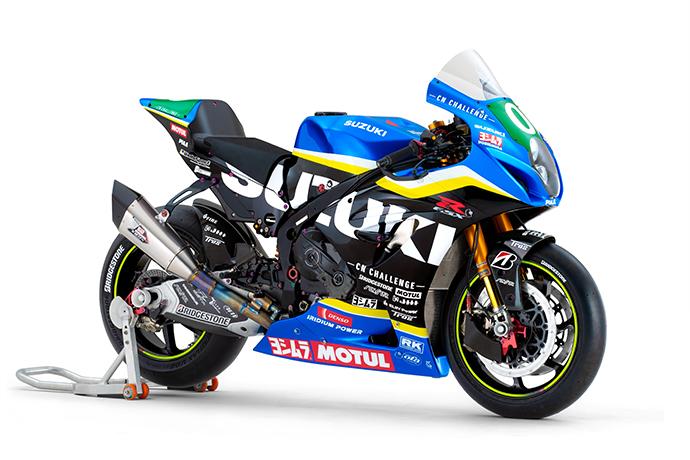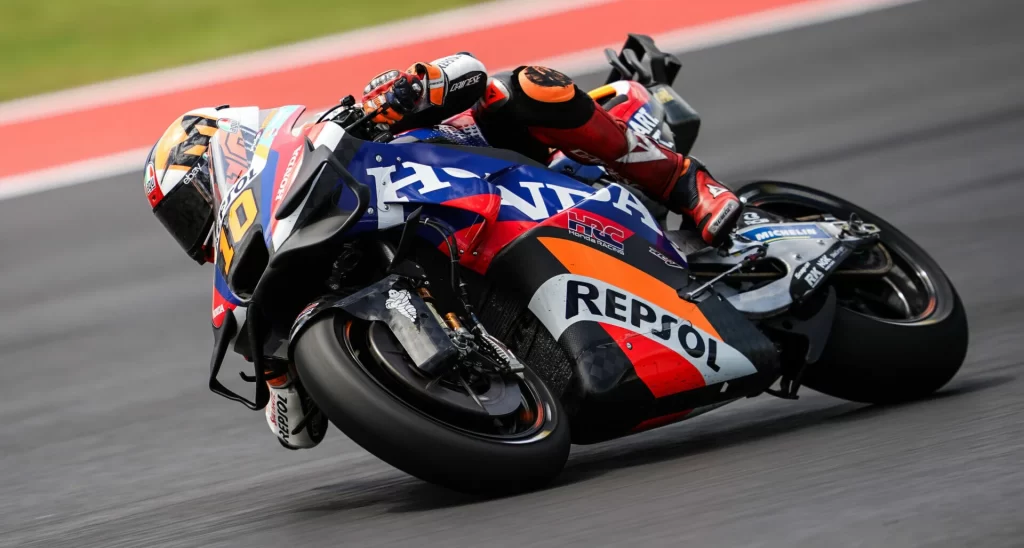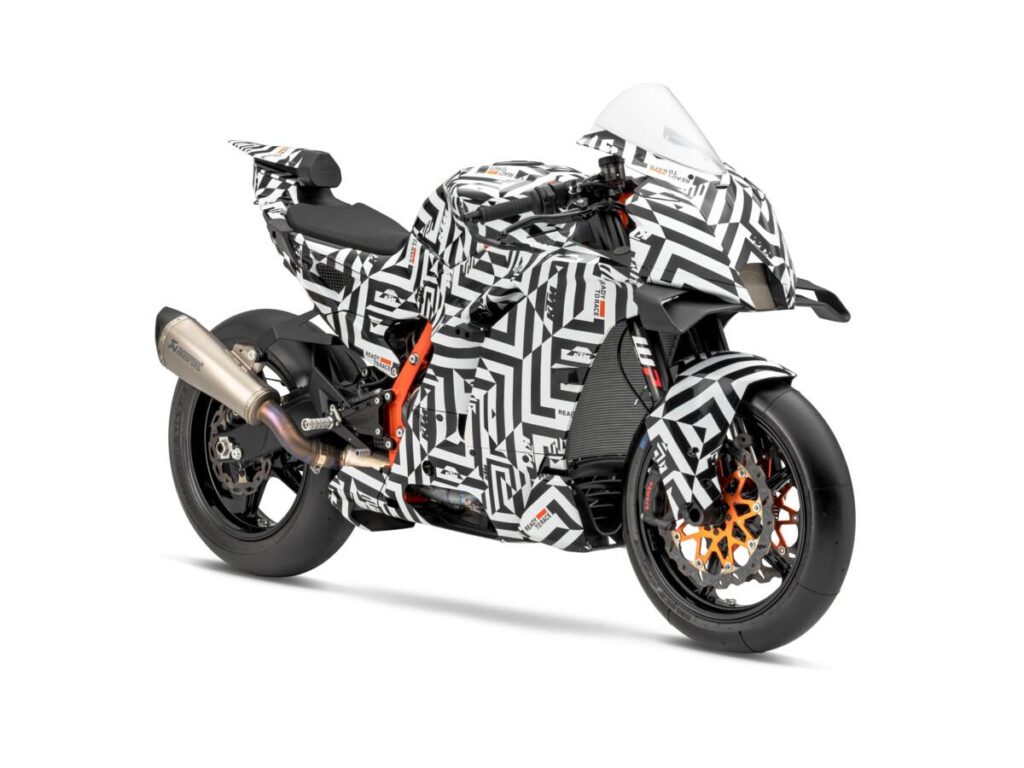The license of the tour bus company involved in the fatal accident at Genting Highland on Saturday, 29 June 2024, will be suspended.
It is understood that the bus driver did not have a valid license and had 27 previous traffic offences. Of the 18 Chinese nationals onboard, 2 we killed, while 13 others were injured. 4 tour guides, and the driver survived.
A total of eight accident victims who are receiving treatment at the hospital are reported to be stable.
Meanwhile, the Minister of Tourism, Arts and Culture (MOTAC), Datuk Seri Tiong King Sing revealed that there were complaints from victims who said the bus did not have air conditioning and was noisy. In addition, the tourists changed buses three times during the six days and five nights they were here. The minister said, “This proves that the buses are not well maintained.”
“That’s why I always tell all tourism companies must be ready to accept tourists from abroad,” he said when met by reporters after visiting the victims of the bus accident at Hospital Kuala Lumpur (HKL) here today.
Also present was the Chinese Ambassador to Malaysia Ouyang Yuging.
Following that, the company’s operating license was suspended while a full investigation and report was carried out. “I have already instructed the ministry to conduct an investigation against the travel company because it is understood that they have a subline (third party).
Commenting further, Tiong said, a special meeting involving his ministry and the Ministry of Transport will be held this Tuesday, to discuss the investigation of the case.
He said, among those that will be discussed are standard operating procedures (SOP) involving tour companies and sightseeing buses that are under the jurisdiction of the Ministry of Transport through the Road Transport Department (JPJ).
He said that his party takes the issue of the safety of foreign tourists who seek the services of travel companies in this country seriously.
“I have already asked the ministry to speed up a short investigation starting tomorrow. If the investigation finds a fault, we will cancel the license of the company involved,” he said.
He also apologised to all the victims involved in the accident and hoped that the same incident would not happen again.













